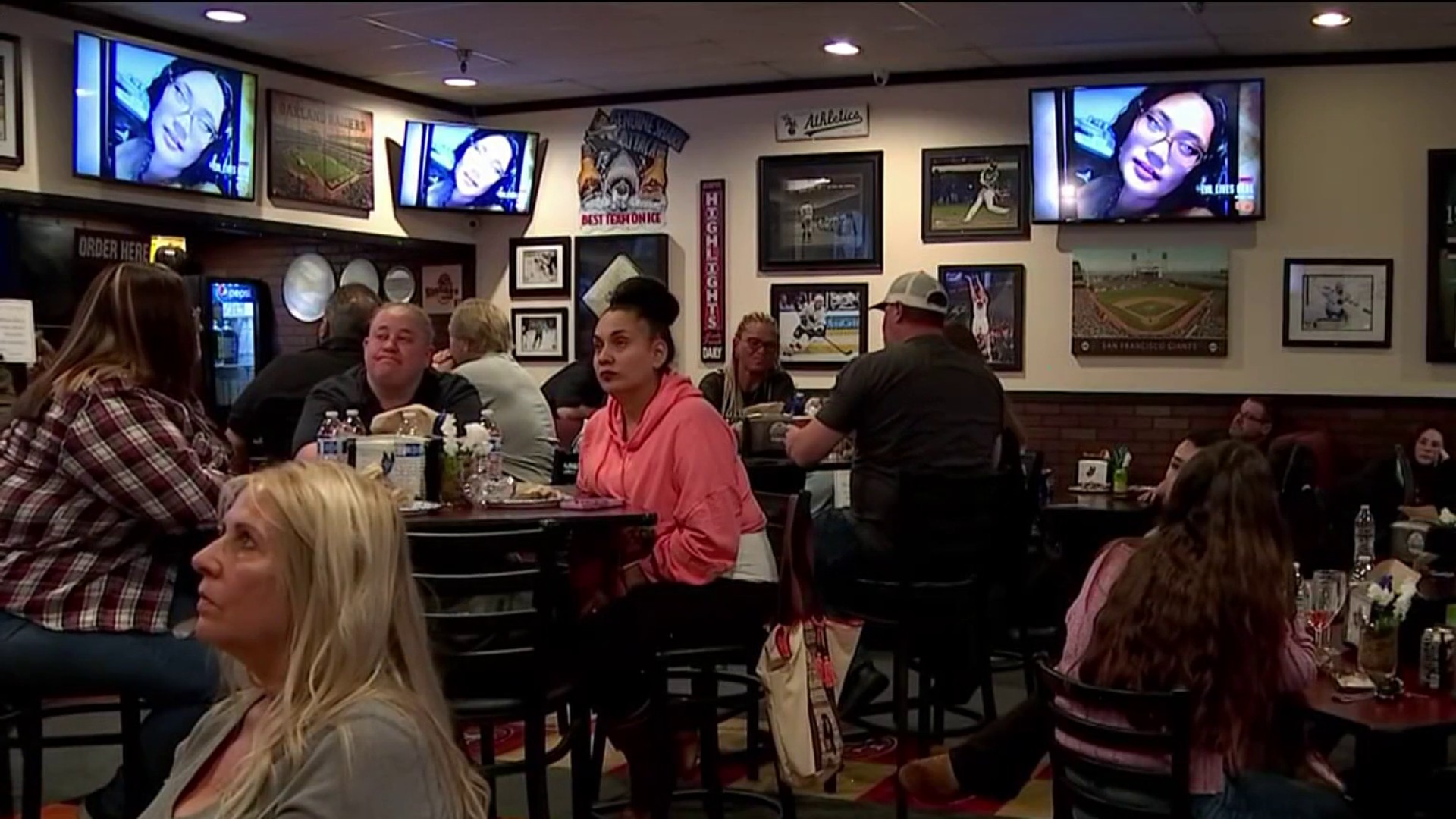A proposed law that would require the state Department of Public Health to provide the public with specific data about lead poisoning in children is awaiting Governor Jerry Brown’s final approval.
Senator Ben Hueso (D-San Diego) authored the childhood lead poisoning prevention legislation, Senate Bill No. 1097, which cleared both houses unanimously.
If signed into law, it will impose greater reporting requirements about childhood lead exposure.
Hueso said it is a critical step in ensuring appropriate case management data related to children who have been exposed to lead.
Currently, less than seven percent of all total children in San Diego County are screened for lead exposure, according to county health officials.
Public health officials have said for years that there is no safe level of lead in a child's blood. Lead is a dangerous neurotoxin. Exposure can seriously affect the IQ and cause major cognitive and behavioral problems in children, according to public health officials.
“It is imperative that children who have been exposed to lead are afforded the proper case management,” said Senator Hueso. “This bill will help California better understand childhood lead levels, lead hazards, and the effectiveness of lead abatement.”
Local
Hueso’s bill mandates the state collect, analyze and report specified information for each county, including the number of children tested for lead poisoning and the sources of lead. The bill would additionally require that the Department post the report on its website.
The State Department of Public Health is the state entity responsible for overseeing the Lead Poisoning and Prevention Program, which was established in 1991 and tasked with reducing lead exposure, increasing the number of children assessed and tested for lead poisoning, and identifying and abating exposure to lead.
Despite this mandate, in 2000 the bill’s sponsor, the Environmental Working Group, found that between 1992 and 1998, the State failed to identify, test, or provide care to an estimated 200,000 lead-poisoned children aged 1-5.
The organization’s current analysis of 2013 data, which covers just one year and a smaller range, suggests little or no improvement.
“These findings are shocking and illustrate how vitally important it is that we receive more detailed and transparent reporting from the State in order to prevent and properly handle future cases of lead poisoning,” said Senator Hueso.
Last year, while covering the discovery of high levels of lead in the water in the San Diego Unified and other school districts, NBC 7 requested data on blood lead levels in children tested for lead exposure in San Diego County.
We found the state of California will not provide the data for a specific zip code if less than 250 children are tested in that zip code. The state reasons the percentage for those zip codes would appear unfairly skewed high because such a proportionally small number of children are tested, so releasing those numbers would reflect an unfair percentage.
Nationwide, millions of children are falling through the cracks of early childhood lead testing mandates.
In one San Diego neighborhood the state did release data for, Grant Hill, more than 4 percent of children tested had high blood-lead levels. By comparison, at the height of the water crisis in Flint, Michigan, where corrosive, brown river water leached lead into drinking water, 5 percent of children screened there had high blood lead levels and some were poisoned.
Hueso’s bill requires the state Department of Public Health provide information on lead testing and offers an easy way to access it to make sure localities are providing continuous and adequate levels of case management in relation to the number of children tested for lead exposure and follow-up for those found to have high levels of lead in their blood, according to Hueso’s office.



